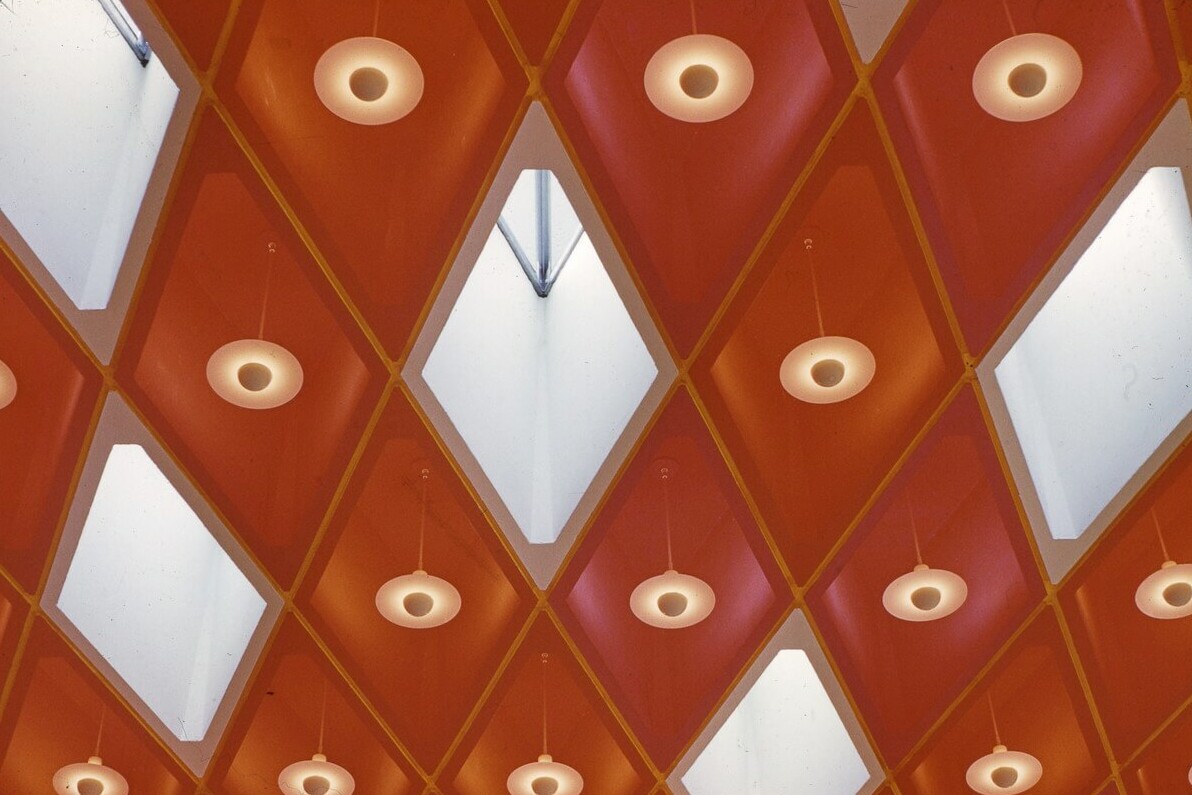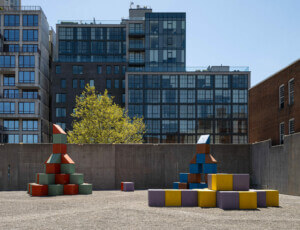The Boston Landmarks Commission has unanimously voted to declare the Blue Cross – Blue Shield building by Paul Rudolph a local landmark. The announcement comes after years of preservation advocacy to save the Brutalist building, a campaign which started in 2006.
Blue Cross – Blue Shield is a 13-story, 120,000-square-foot concrete tower located at 133 Federal Street in downtown Boston, completed in 1960. It is one of three buildings by Paul Rudolph in the city of Boston, and was the architect’s first tall building.
The Brutalist tower is known for its Y-shaped, precast-concrete piers; columns made of large white quartz aggregate; and a novel HVAC system that’s hidden within non-load bearing columns. Rudolph wanted the building’s opacity and heaviness to challenge the rampant construction of glass curtain wall buildings happening in cities around the U.S.
Rudolph’s project at 133 Federal Street was one of the first new ground-up building in Boston’s central business district since the 1920s, marking a turning point in the city’s history after years of economic stagnation. It was also one of Boston’s first Brutalist buildings. In 1975, Sasaki renovated the tower’s ground level to accommodate a new bank. Its basement-level had numerous uses over the years, including an art gallery.

In 2006, then-Boston Mayor Thomas Menino (who was certainly no fan of Brutalist architecture) proposed demolishing Rudolph’s Blue Cross – Blue Shield building for a new, 75-story “iconic tower” by Renzo Piano. But once preservationists caught wind of the proposition, they took action and requested a 90-day stay of demolition to determine if Blue Cross – Blue Shield is historically significant enough to merit preservation.
The 2007–8 recession then stymied commercial demand for the Piano tower, so demolition plans for Blue Cross – Blue Shield were shelved. After, the Boston Landmarks Commission identified the Blue Cross – Blue Shield building in 2009 as eligible for inclusion on the National Register of Historic Places, which opened up the opportunity for a landmark status petition with the city of Boston.
Once the economy bounced back, the Boston Redevelopment Authority (BRA) revisited plans to develop the site. The BRA issued an RFP which drew five responses, one of them from Trans National Properties who proposed demolishing Blue Cross – Blue Shield for a twin-tower construction project, in-sync with another development site at 115 Winthrop Square. That project looked like it would come to fruition until it was stopped in 2017.
Flash forward to November 2023, the Boston Landmarks Commission published a study report on Blue Cross – Blue Shield’s proposed designation as a Landmark under Chapter 772 of the Acts of 1975.
The announcement to landmark this Rudolph building comes a few months after another decision by Boston city officials to recommend landmarking another Brutalist building, Boston City Hall by Gerhard Kallmann and Michael McKinnell.
Correction: A previous version of this article stated that Blue Cross – Blue Shield was the first new building in Boston’s central business district since the 1920s. This is inaccurate: 50 Post Office Square was completed in 1948. The article was amended on March 9, 2024 to reflect this.











